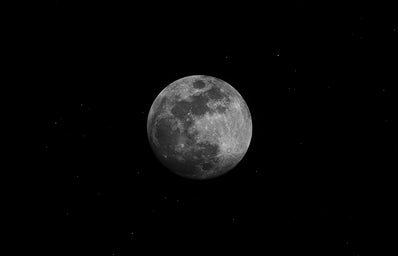On July 20, 1969, the Apollo 11 lunar module landed on the lunar surface, and Neil Armstrong and Buzz Aldrin became the first humans to walk on the Moon. While previous crewed Apollo missions had orbited the Moon, this giant leap for mankind was the first of many Apollo missions that would allow 10 more people to walk on the Moon after Armstron and Aldrin. On December 11, 1972, Apollo 17 touched down on the Moon’s surface, and Eugene Cernan and Harrison Schmitt became the last humans to walk on the Moon. No human has been to the Moon since.
A major reason we haven’t been to the Moon in 50 years is cost. The total cost of the Apollo missions was about $25.4 billion dollars, equivalent to about $152 billion in today’s US dollars. While the Apollo missions brought social significance and scientific exploration, the value of this was disproportionate to the cost of Apollo. Public interest began to fade after the second landing, and Americans began to see missions to the Moon as just another news story. Economically and scientifically, there was little reason to go to the Moon after Apollo 17.
So what’s changed? In 2019, NASA announced a plan to land the first person of color and first woman on the Moon by 2024. This mission was named Artemis, after the Greek goddess and twin sister of Apollo.
With the Artemis missions, NASA is going back to the Moon for scientific discovery and to inspire the next generation of explorers. Additionally, while maintaining American leadership in exploration, NASA is building global alliances and exploring deep space for the benefit of all. The Artemis missions build on more than 50 years of exploration experience, and will reignite America’s passion for discovery. Artemis missions also enable a growing lunar economy by fueling new industries, supporting job growth, and increasing demand for a skilled workforce. With commercial and international partners, NASA will explore more of the Moon than ever before, and inspire new audiences.
Throughout the Artemis missions, NASA will build an Artemis Base Camp on the lunar surface and the Gateway in lunar orbit. The Artemis Base Camp will allow astronauts to live and work on the moon. The Base Camp concept includes a modern lunar cabin, a rover, and a mobile home. Gateway will be a spaceship in lunar orbit where astronauts will transfer between the Orion spacecraft and the lander on Artemis missions. Gateway will remain in orbit for at least a decade, providing a place to live and work, and supporting long-term science and human exploration on and around the Moon.
The first Artemis mission will be Artemis 1, and will be an unmanned flight test of the Space Launch System and the Orion spacecraft on the Moon. Artemis 2 will be the first manned flight test of the Space Launch System and the Orion spacecraft around the Moon. Artemis 3 and beyond will consist of regular missions with crew on and around the Moon. Artemis 1 launches on Monday, August 29, 2022, scheduled at 6:33 am MST.
With Artemis, the Moon landing will no longer just be a part of history. They are part of the future. Successful Artemis missions will aid in further missions to Mars and beyond. With dedication and inspiration, there is no limit to how much of the universe humans can explore. But first, we are going to the Moon!


